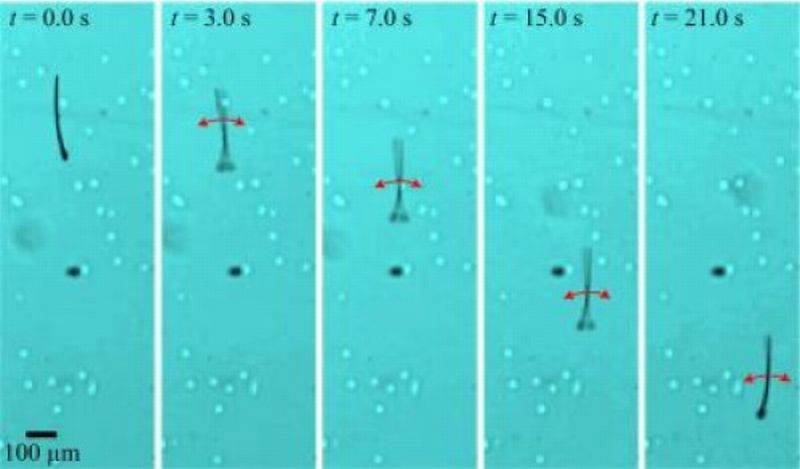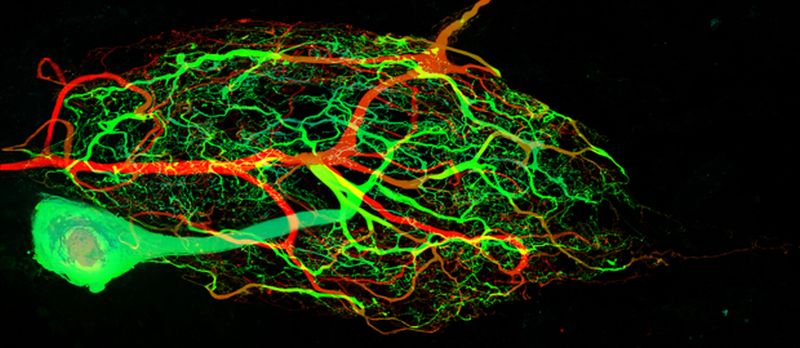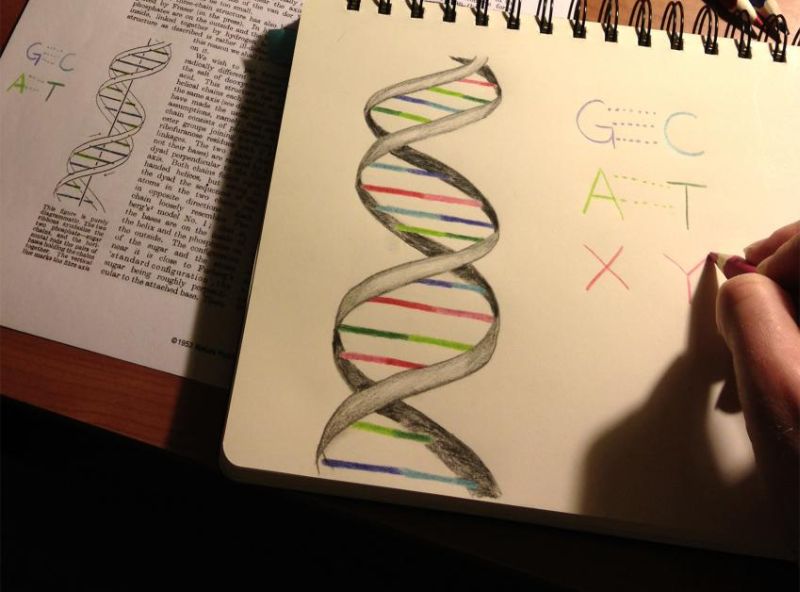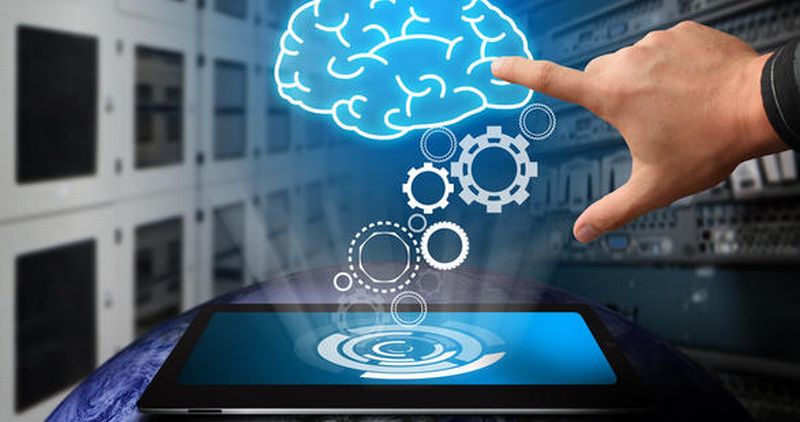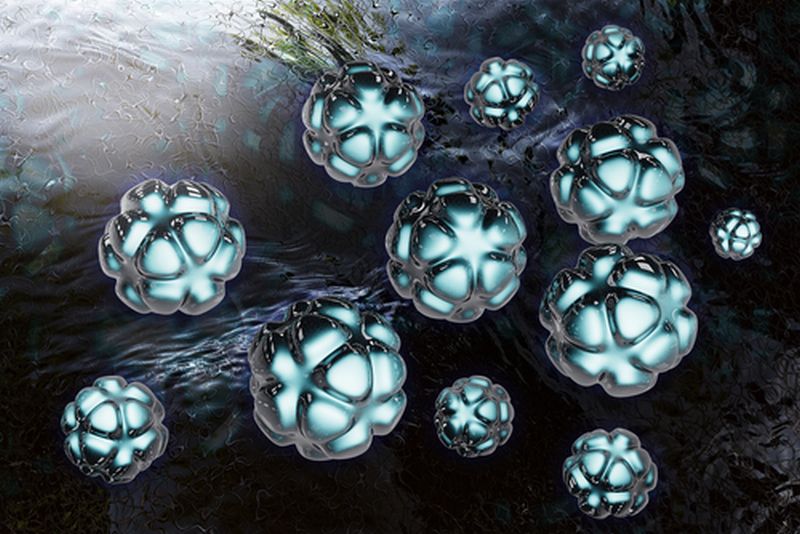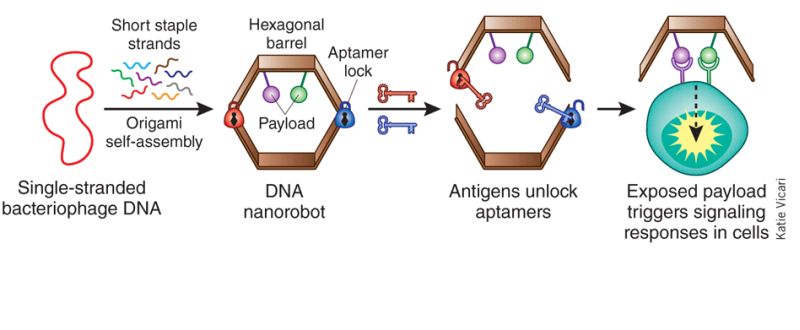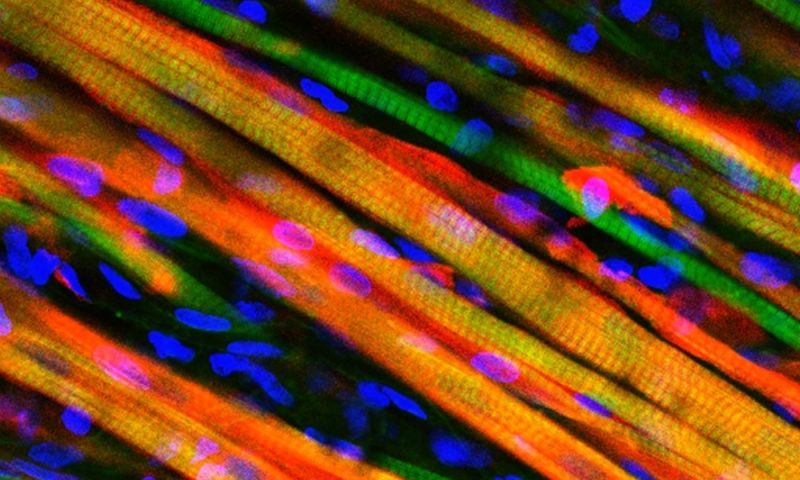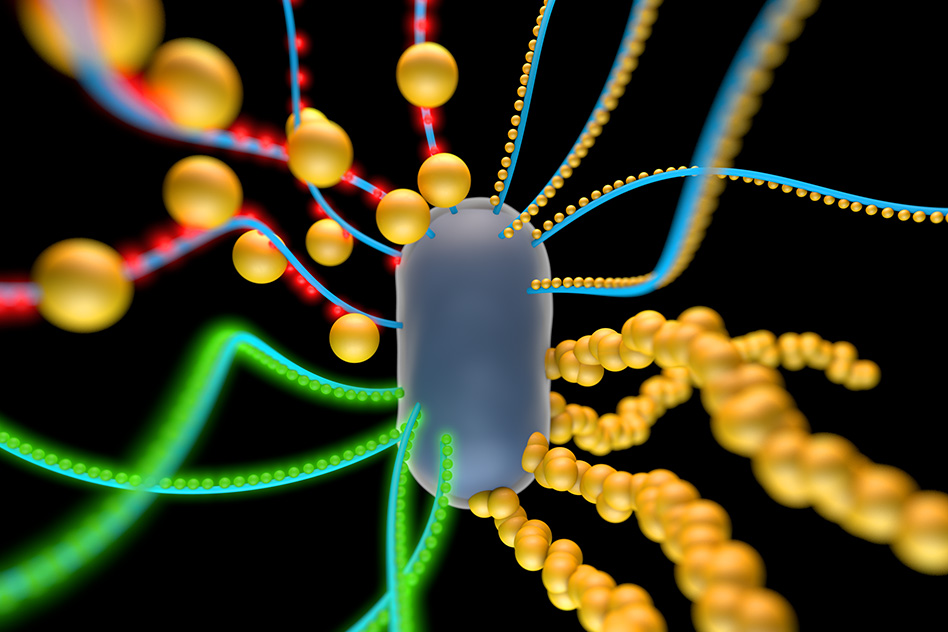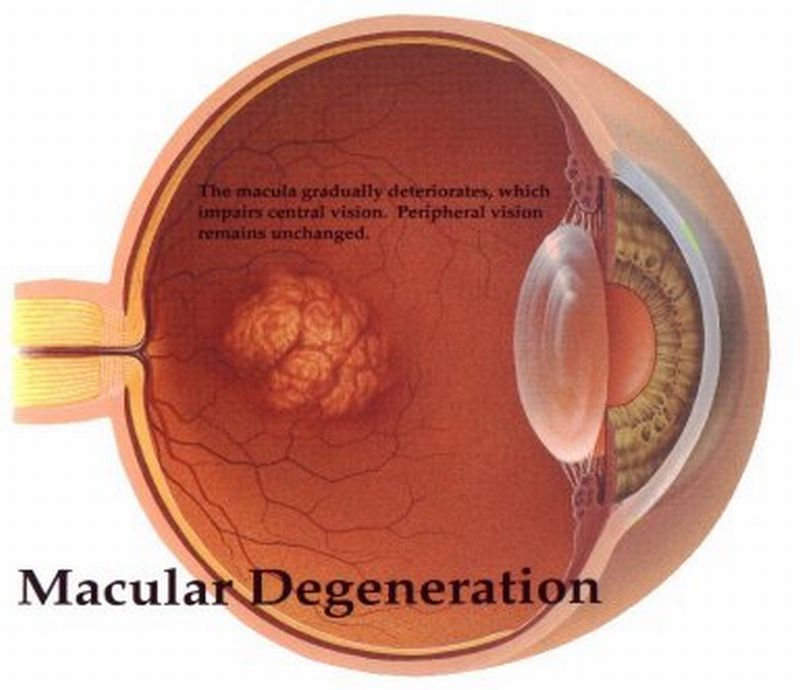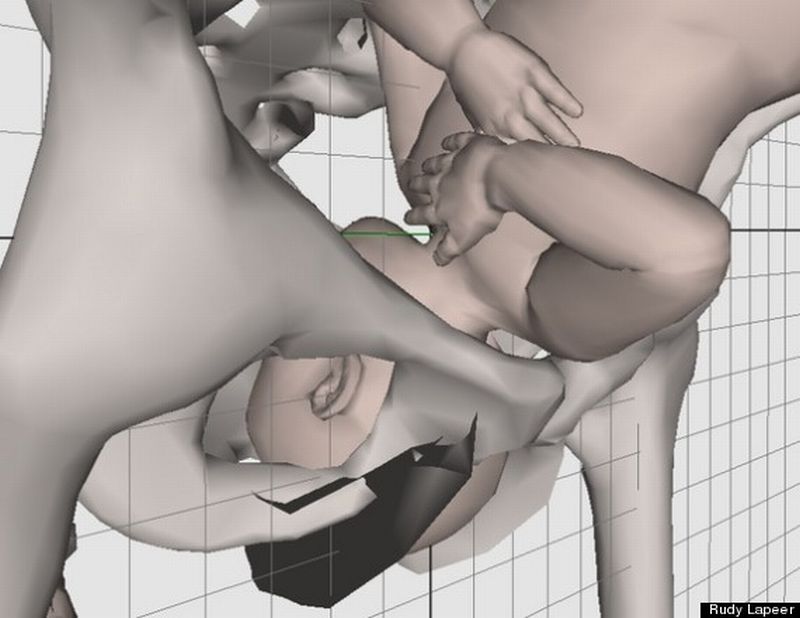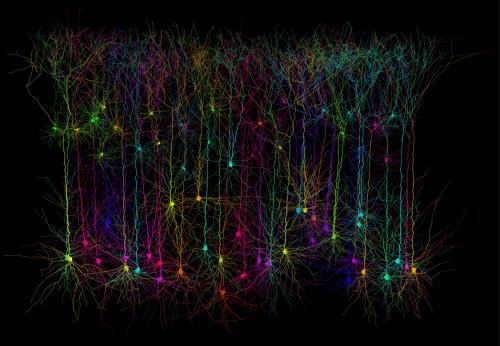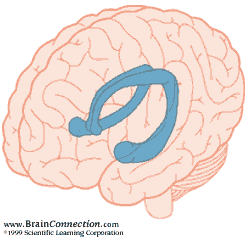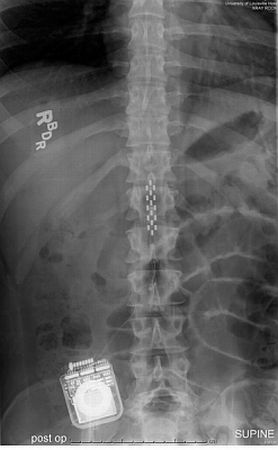Human body is composed of different biological cells. Each cell is unique. Research shows that a sample of biopsied tumor consists of various distinct cells. These cells differ in their rate of proliferation, responsiveness to drugs, potential metastasis and so on. Therefore, it is essential for researchers to understand the behavior of individual cells and then accordingly design therapy and treatments, for which seizing individual cell is very important.
Read MoreTag: biotechnology
MagnetoSperm Microrobots for the Nanoworld: Biomimicry
Nature does not stop us marveling at its splendor be it at macro level or micro scale. There are limitless options to investigate and get inspired. Biomimicry is one such field in robotics, which is completely drenched with nature’s splash. Researchers do not leave any stone unturned when dealing with robos inspired from nature, lately a concept is put forward by experts at the University of Twente, Netherlands. They have taken inspiration from nature’s locomotion at microscale and have combined the process of two micro-scale entities like magnetotactic bacteria and…
Read MoreNeuroprosthetic Devices on Deep Brain Simulation Technology: Implants to Restore Memories
A new initiative by the US military program focuses around treating defense personals from the after effects of being into war. In majority of cases, soldiers who come back from battle zones develop adjustment problems or psychiatric disorders to be more specific. For instance, combatants were diagnosed with “shell shock” during the era of WW I, “battle fatigue” during WW II and in Vietnam War, it was PTSD, post-traumatic stress disorder. Backed up by President Obama’s brain initiative, DARPA has received a funding of $70 million from the US to…
Read MoreInternal Monitoring System Responsible for Neural Self-Regulation: The Most Complex Machinery
Parts of any machinery can be replaced, modified or tampered with only when the machine is in an off mode. It is nearly impossible to fiddle around with any operational part while it’s functioning. However, the same principle does not apply for our biological process, especially when we are talking about a nerve cell. This continuous rebuilding without affecting the overall operations has always been neuroscience’s biggest questions. Many theories have been put forward but none of them has ever reached any concrete census. Lately, Eve Marder, the Victor and…
Read MoreRight Enzymes Replicated the Semi-Synthetic DNA: Expanded-DNA Biology
Scientists always dig deeper into the functioning of nature in order for their better understandings. At times, these trials and errors have given rise to serendipity or accidental discoveries in science, amongst others, recent being how sliding saltwater over graphene generated electricity. While at other times, these experiments go beyond the natural order of workings even at the miniscule level.
Read MoreHuman Brain Simulated on Circuit Board: Mimicking Neurons and Synapses
Inspired by human brain, bioengineers at Stanford University have fabricated microchips that are relatively faster and energy-efficient where power consumption of PC is about 40k times more. Researchers envision that this would lead a novel way of understanding human brain as well as might take robotics especially prosthetics to the next level. Matching the Brain For an efficient mimicking of neurons and synapses, the team designed 16 Neurocore chips. Jointly these 16 chips were able to simulate about 1m neurons and billions of synaptic connections.
Read MoreX-Ray Triggered Nanoparticle Photosensitizer: Photodynamic Therapy
While working upon new security-related radiation detection, researchers at the University of Texas, Arlington discovered an advance in photodynamic cancer therapy. Wei Chen, professor of physics at the UT Arlington, noticed an odd luminescence emitted by copper-cysteamine (Cu-Cy) nanoparticles when while working on an experiment where he was exposing the nanoparticles to X-rays. Upon further investigation, he found out that the luminescence was the byproduct of lost energy that the particles were diffusing. The same byproduct is also utilized in photodynamic cancer therapy to destroy cancer cells.
Read MoreLiving Computers inside Alive Cockroaches to Deliver Drugs: DNA Installed Nano-Robots
In an attempt to study complex programs and to identify and cure certain diseases, researchers at the Wyss Institute at Harvard University and Bar Ilan University in Israel, have come out with a breakthrough that involves DNA-based nanobots. Researchers were able to embed these nanobots into a living cockroach. These origami robots bear fluorescent markers that allow the scientists to predict about their location within the insect. By interacting with each other, these nanobots were seen performing simple logical operations as well claimed the researchers.
Read MoreBioengineered Self Healing Muscle, Successfully Grown in Laboratory
Biomedical engineers have finally achieved success in growing skeletal muscle under a laboratory conditions. These laboratory grown muscles, similar to real muscle are capable of contracting and expanding quickly. Most important breakthrough in the research is that the muscles when implanted in mice were capable of healing itself from any injuries, which was not possible till now.
Read MoreJuxtaposing Living and the Nonliving Worlds Together: Materials Synthesis
So far, we have seen robots inspired from the best of biomimicry. Researchers have often looked upon nature to solve problems. At the same time, there are certain natural tendencies, which engineers are still trying to figure out the way towards artificially re-invention and one of them is ‘bone’. Bone is one of those natural materials that require no supervision, yet it fabricates material in response to environmental signals. In order to understand this phenomenon, researchers at the MIT, have tried to juxtapose living bacterial cells with non-living substance like…
Read MoreNano Innovation to Cure Macular Degeneration
Until now, treatment for eye disorders and other related problems were administered through injections, which were not only unpleasant but expensive as well. However, this would very soon become obsolete since researchers at University College London (UCL) have come up with eye drops for procuring macular degeneration. Nearly 2 in 10 people over 75 have age-related macular degeneration. And at this point of time, the research would prove a boon in combating the growing numbers of patients, and especially when the escalating demands of eye injections becomes responsible for halting…
Read More3D Virtual Birth Simulator Might Avoid Complications During Births
Taking an innovative approach towards predicting the birth event during laboring, researchers at the University of East Anglia have come up with a patient-specific 3D virtual birth simulator. With an aim of assisting doctors and midwives, the simulator prepares them in case of complications at the time of births. The program takes into account the mother’s body shape and position of the baby to reach to proximity of what might take place during the birth event.
Read MoreDendrites Effectively Act As Mini Neural Computers
Researchers have lately discovered an additional role of dendrites the branching extensions of neurons. Before the study, dendrites were considered as the receptive parts of a neuron, meaning, responsible for transmitting information from sense organs and carrying impulses to different muscles in the body. It is because of this tendency, they are also termed as electrical transmitters of the body. However, the recent research postulates dendrites additional ability to process information, hence increasing the brain’s computing power. This insinuates brain has a huge processing power relatively. Period. Dendrite’s Study The…
Read MoreDelayed Gratification: Self Discipline and Neurology
While logical explanation would refer certain everyday behaviours to discipline and upbringing, scientists have managed to associate such “discipline” to the brain’s ability to function properly. In a recent research, scientists lead by Dr. Mathias Pessiglione suggested that a person’s refusal of an immediate small reward in order to receive a delayed one that is more valuable is a process that occurs in the hippocampus- the part of limbic system responsible for consolidating information from short-term memory to long-term memory.*1 “Indeed, this structure has long been considered as essential for…
Read MoreNow Paralyzed Patients Can Move With Spinal Stimulation
Susan Harkema’s a neuroscientist at the University of Louisville, Kentucky, recent research would act as a boon to patients who are suffering from paralysis. Her study demonstrated awakening of patients’ lower spinal cord with the use of electrical stimulation. Dustin Shillcox, a 28-year-old guy, who met with an accident on August 2010 had lost his control on his lower limbs. But with Harkema’s research, for the first time in 2 years, he was able to stood on his feet. Similar result was seen in Rob Summers, 23 years of age,…
Read More

